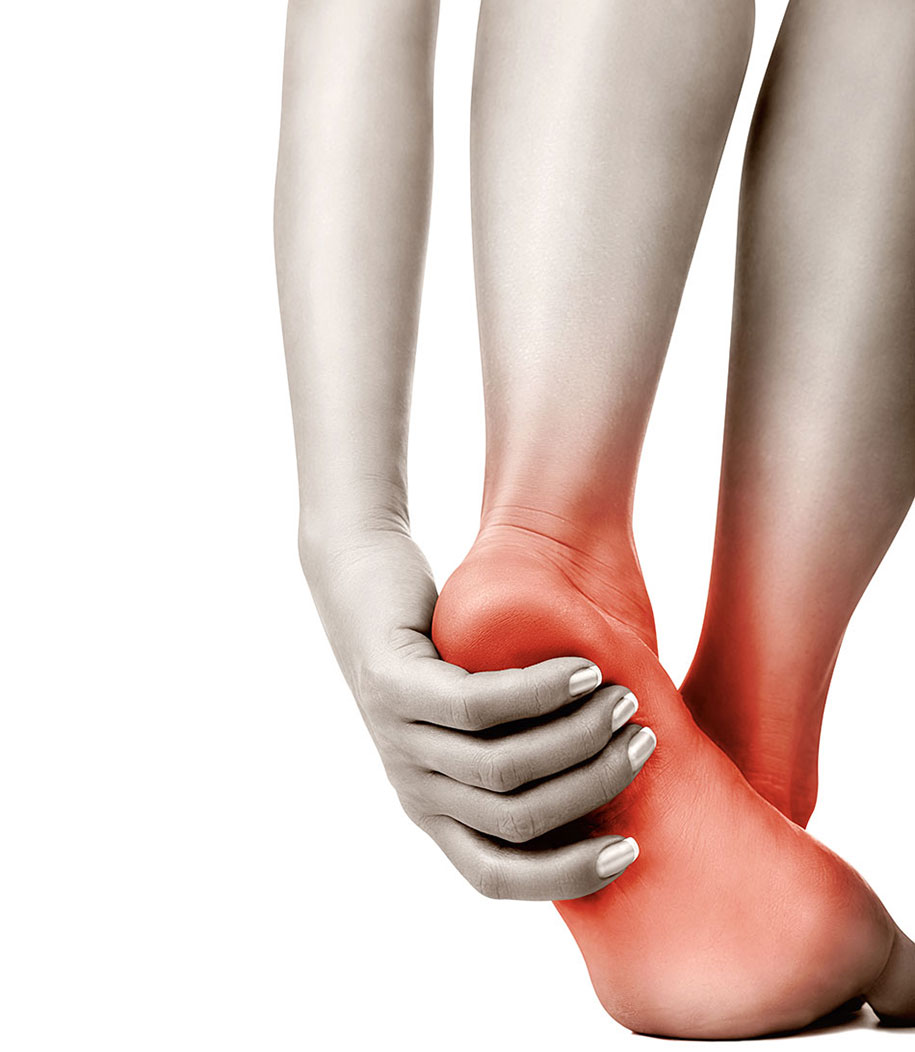Flat feet, to treat or not to treat–How flat is too flat
Flat feet, also known as pes planus, is a condition where the arch partially or completely collapses, causing the entire sole of the foot to come into contact with the ground. It’s a common condition in children and usually occurs in children with hypermobility (extra flexibility) or when the arch of the foot doesn’t develop properly during childhood. Flat feet can be hereditary as well. If a child’s parents have flat feet, there’s a higher chance that the child may also have flat feet.
Initially, infants and toddlers have flat feet because their arches have not developed yet and they take time to develop as the child grows, their muscles become stronger, and they begin to walk.
Having flat feet can and most of the time go unnoticed. However, some children may experience pain or discomfort in their feet, ankles, or legs, especially after physical activity or a long day at the playground. In some cases, havig flat feet can alter the child’s alignment, foot position, and the way they walk, causing them to tire more quickly or faster than other children. In that case, simple measures like wearing supportive shoes, using orthotic inserts, or doing specific exercises may help alleviate symptoms.
If your child is experiencing pain or discomfort in the legs, feet or ankles, or if you notice any other concerning symptoms, it’s a good idea to consult a healthcare provider. They can evaluate your child’s feet and recommend appropriate treatment if needed.
Remember, each child is different, and the amount of support provided or treatment provided may vary depending on the individual symptoms and assessment.
